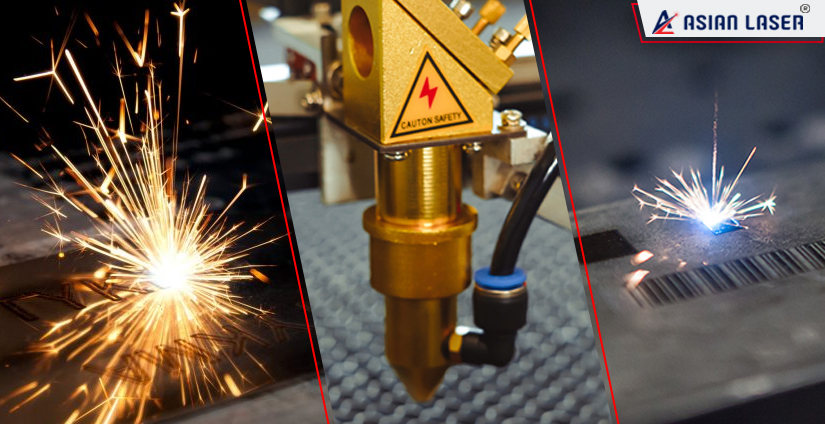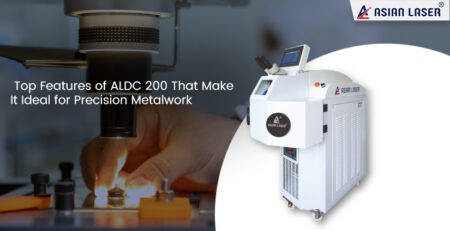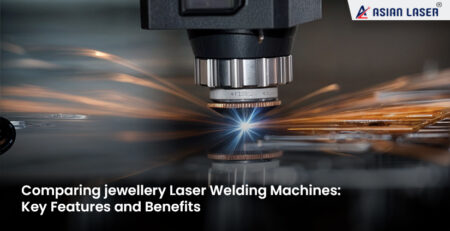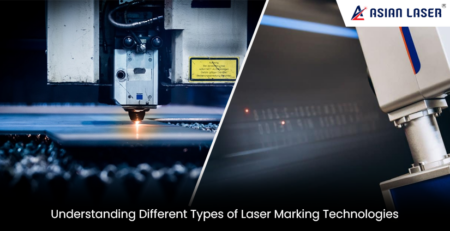Understand the Difference Between Fiber Laser Marking and CO2 Laser Marking
Laser technology has become a game-changer in modern manufacturing and industrial processes, as it allows precise marking and engraving on different materials. Fiber Laser Marking and CO2 Laser Marking are two popular contenders in this field. These technologies have significantly transformed how products are labelled, traced, and decorated across industries such as automotive and electronics.
In laser technology, two prominent players stand out: Fiber Laser Marking and CO2 Laser Marking. Each brings its own set of characteristics and applications to the table, catering to diverse industrial needs. Let’s delve into the nuances of these two technologies to grasp their disparities and functionalities better.
Unveiling Fiber Laser Marking Machine
What is Fiber Laser Marking Machine?
A fiber laser marking machine uses focused laser beams to create permanent marks on surfaces, offering a precise and efficient marking method compared to traditional methods like inkjet or etching.
Fiber Laser Marking Machine Working Principle
A fiber laser marking machine operates by producing laser beams through optical fibers. These fibers transmit the laser light to the marking head, which focuses it onto the material’s surface. By adjusting factors such as power and speed, intricate designs or alphanumeric codes can be created on different substrates.
Applications of Fiber Laser Marking Machine
The fiber laser marking machines are versatile and find applications in various industries such as automotive, electronics, medical, and jewelry sectors. They can mark serial numbers on automotive components or engrave logos on electronic gadgets.
Deciphering CO2 Laser Marking
What is Laser Marking?
Laser marking is a process that uses lasers to engrave or mark surfaces with high precision. CO2 lasers, which are a type of gas laser, are commonly used for laser marking due to their ability to produce a continuous-wave output.
How CO2 Laser Works
In a CO2 laser marking system, a mixture of gases, primarily carbon dioxide, gets electrically stimulated to produce laser light. This light is then directed through optics to the marking surface. CO2 lasers are particularly adept at engraving organic materials like wood, glass, or plastics.
Fiber Laser Marking Machine vs. CO2 Laser Marking
While both fiber laser and CO2 laser marking aim to achieve the same goal, they have significant differences regarding efficiency, precision, and suitability for different materials. Fibre lasers are the ideal choice for marking metals and some plastics due to their superior speed and accuracy. On the other hand, CO2 lasers are a better option for non-metallic materials due to their exceptional beam quality and versatility.
In conclusion, understanding the disparity between fiber laser marking
and CO2 laser marking is crucial for selecting the most suitable technology for specific applications. While fiber lasers dominate the metal marking realm with their speed and precision, CO2 lasers remain a top choice for engraving organic materials with finesse. By leveraging the strengths of each technology, industries can achieve optimal marking results tailored to their requirements.











